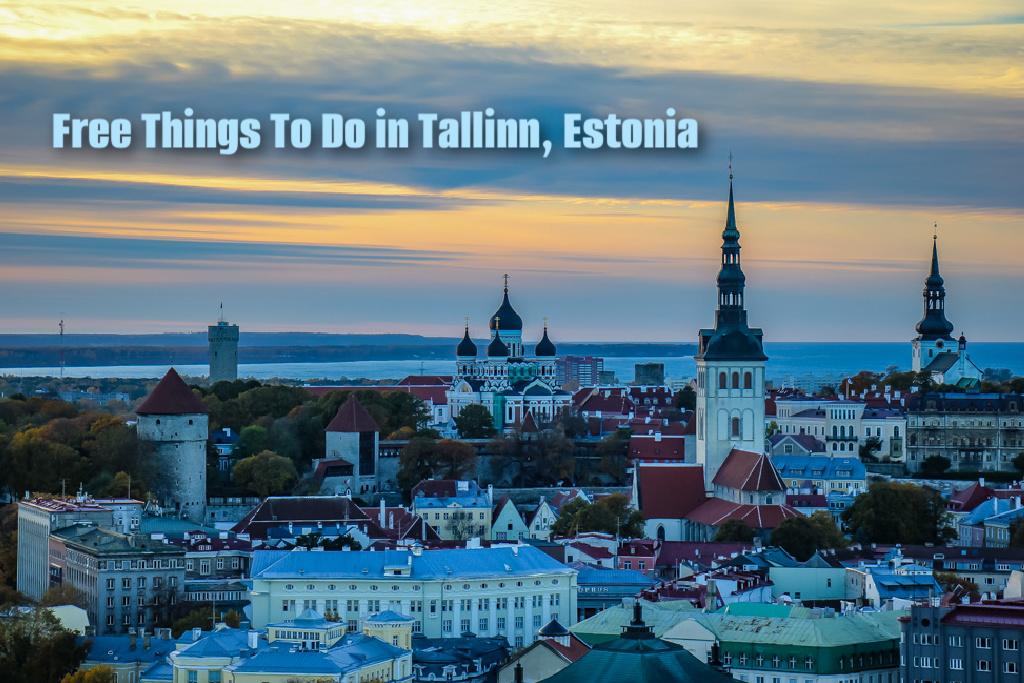Introduction
Estonia, a small yet captivating country in Northern Europe, boasts a rich tapestry of history, culture, and technological innovation. Bordered by the Gulf of Finland, the Baltic Sea, Latvia, and Russia, Estonia is a unique blend of medieval charm and modern advancements.

Historical Overview
Estonia’s history is a complex mosaic influenced by various powers over the centuries. The region has seen rule by Danes, Germans, Swedes, and Russians, each leaving their mark on the country’s cultural and architectural heritage.
- Ancient Times: The first inhabitants arrived over 11,000 years ago, making Estonia one of the earliest inhabited regions in Europe.
- Medieval Era: The 13th century saw the Northern Crusades, where the region was Country Estonia conquered by the Teutonic Knights. Tallinn, Estonia’s capital, was a major trade hub in the Hanseatic League.
- Modern History: Estonia declared independence from Russia in 1918, only to be occupied by the Soviet Union during World War II. Independence was restored in 1991 following the collapse of the Soviet Union.
Culture and Language
Estonia is renowned for its rich cultural traditions, particularly in music and literature. The Song Festival, held every five years, is a testament to the nation’s love for choral music and is a UNESCO Intangible Cultural Heritage of Humanity.
- Language: Estonian, a Finno-Ugric language, is closely related to Finnish. The language has survived centuries of foreign rule, a symbol of national identity.
- Literature: Estonia’s literary tradition dates back to the 19th century, with significant contributions from poets and novelists such as Lydia Koidula and Jaan Kross.
Nature and Landscape
Estonia’s natural beauty is a significant draw for visitors. The country boasts over 2,000 islands, extensive forests, and numerous lakes, making it a haven for nature enthusiasts.
- National Parks: Lahemaa National Park, the country’s oldest and largest, offers diverse landscapes, including forests, bogs, and waterfalls.
- Wildlife: Estonia is home to a variety of wildlife, including brown bears, lynxes, and a multitude of bird species, attracting birdwatchers from around the world.
Technological Advancements
Despite its small size, Estonia is a global leader in technological innovation. The country is often dubbed the “most advanced digital society in the world.”
- E-Government: Estonia’s e-residency program allows people from around the world to start and manage a business online.
- Start-Up Hub: The capital, Tallinn, is a vibrant start-up hub, home to notable companies such as Skype and TransferWise.
Economy
Estonia’s economy is diverse, with strong sectors in technology, manufacturing, and services. The country is a member of the European Union, NATO, and the Eurozone.
- GDP and Growth: Estonia has a robust economy with steady growth rates, driven by innovation and a favorable business environment.
- Tourism: Tourism is a vital sector, with visitors flocking to explore the country’s medieval architecture, pristine nature, and cultural festivals.
Conclusion
Estonia, with its rich history, vibrant culture, and pioneering technological landscape, stands as a testament to resilience and innovation. Whether you’re exploring its ancient castles, attending a song festival, or experiencing its digital advancements, Estonia offers a unique and enriching experience.
Estonia’s charm lies in its ability to harmonize the old with the new, creating a dynamic and multifaceted nation that continues to captivate and inspire.